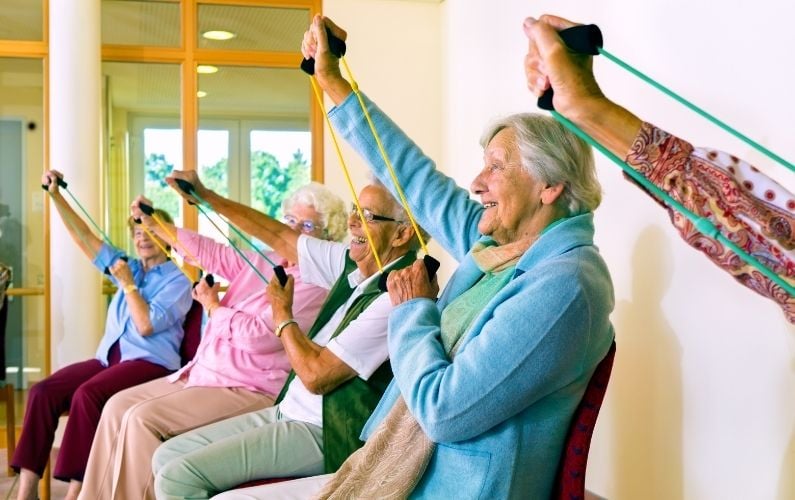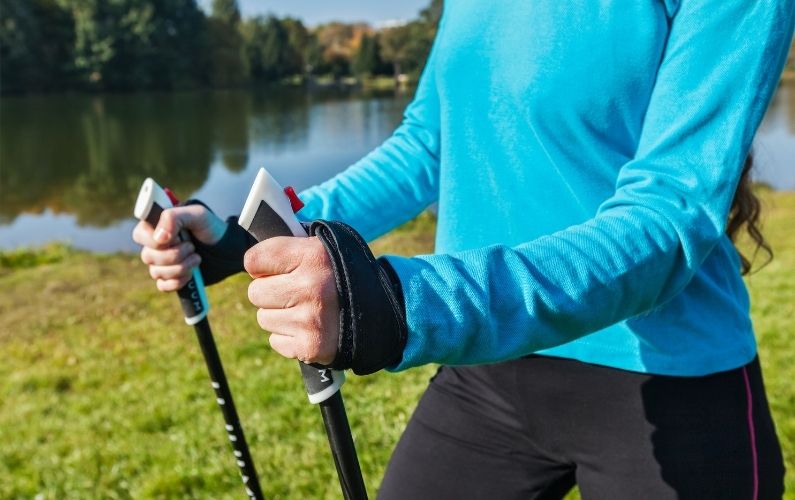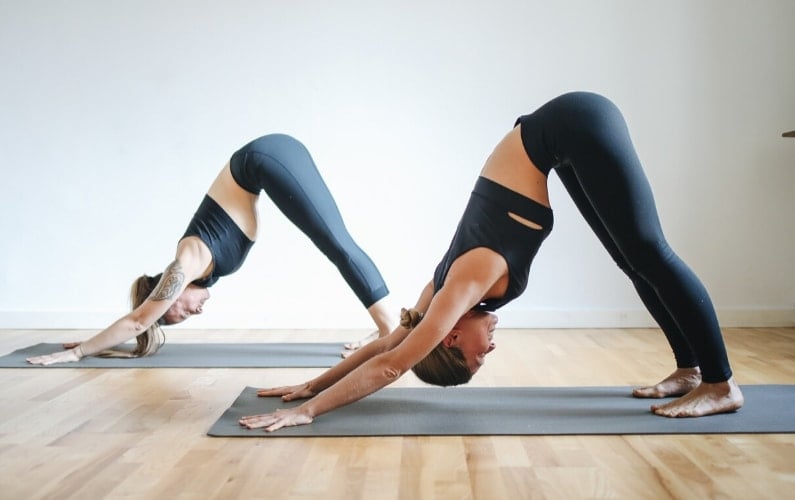Follow this simple guide to learn how to safely exercise for seniors with limited mobility. These chairs, balance, and stretching routines are designed to keep you in shape no matter your age.
Your body releases endorphins during exercise, which boost your mood, relieve stress, increase your self-esteem, and give you a general sense of well-being. If you've been inactive because of an injury or disability, you may have noticed a difference in your mood and energy levels. Or if you're hesitant about exercising because of old age and are concerned about hurting yourself, you may believe it's impossible for you.
The fact is, no matter your age, present physical condition, or prior experience with exercise, there are numerous methods to overcome your mobility problems and get the physical, mental, and emotional benefits of activity. In addition, there are various types of fitness solutions to make exercise for seniors easier.
Read on to learn more about the different types of physical exercise for seniors with limited mobility.
How to Safely Exercise for Seniors With Limited Mobility
Before beginning a physical exercise for seniors, start by ensuring that you have medical clearance from your doctor. Equally important is to remember to stay within your limits. You should feel tired but not exhausted at the end of each session. If you feel pain or discomfort, you are probably overdoing it.
Always warm up first by doing gentle stretching exercises. Stretching should include all major muscle groups including the neck, shoulders, back, arms, and legs. You also should do some gentle arm circling or other movements before starting any exercise program.
Finally, ensure that you have all the necessary fitness products and equipment to help keep you supported and safe.
Tips for Getting Started With an Exercise Program
Begin slowly and gradually increase your level of activity. Start with an activity you like, go at your own pace, and keep your objectives achievable. Even the smallest fitness goals will encourage you to feel better about yourself and keep you motivated.
Make Exercise a Habit in Your Everyday Life
Set aside time every day to exercise, and alternate your activities to avoid becoming bored.
Stick to It
It might take anywhere from a few days to a month for an activity to become a habit. Keep track of your reasons for exercise and individual objectives on paper so you remain encouraged.
There Will be Ups and Downs
Don't be put off if you miss a few days or even a few weeks. It happens occasionally. Just start again and work your way back up to where you were before.
How to Stay Safe When Exercising with Limited Mobility
Listen to Your Body
If you experience any of these symptoms while exercising, stop immediately: nausea, dizziness, lightheadedness, chest pain, or an irregular heartbeat. Your body always knows best so be sure to tune in to how you're feeling while exercising. This will help you avoid overexerting yourself which can lead to injury.
Avoid Any Activities that Require the Use of an Injured Body Part
If you have a lower-body problem, do upper-body exercises while it heals, and vice versa. There are various types of equipment that can aid with building upper body strength, such as exercise pulleys.
Always Do Warm-Ups and Stretches
Before you start your exercise routine, warm up your muscles by walking or marching in place for 5 minutes. Then do some light stretches. Stretching is important because it increases flexibility, reduces the risk of injury, and strengthens your muscles. Take two to four minutes between exercises to stretch your major muscle groups.
Drink Lots of Water
Your body is at its peak performance when it is adequately hydrated. Keep a water bottle close so that you remember to drink up.
Wear the Correct Clothing
To have a great workout, you'll need comfortable shoes and clothing that don't restrict your movement.
Exercise for Seniors: Top Workouts to Try
1. Chair Exercises
Chair workouts are ideal for individuals who have limited mobility or struggle to keep their balance. They also help to reduce the risk of falling, increase blood flow, and improve muscle strength.
If you can, get a chair that keeps the knees at 90 degrees when seated. If in a wheelchair, ensure that the brakes are securely engaged. While working out, try to sit up straight and utilize your abs to maintain good posture.
2. Balance Exercises
Balance exercises for seniors can help improve movement and independence. Here are some additional benefits:
- Make Daily Tasks Easier. If you have limited balance, you may benefit from improving your posture. This can assist you in completing a broad range of daily activities such as reaching for goods on higher shelves.
- Reduce the Risk of Falls and Injuries. The risk of falling among the elderly is reduced by 40 percent after starting balance exercises, according to a research study by Harvard.
- Encourage One to Exercise More. Seniors who have improved their balance and confidence can often develop the desire to engage in other types of activity as a result.
If the balance is not your strong suit, check out these helpful products.
3. Stretching Exercises
Stretching exercises for seniors promote greater joint mobility and improve posture. They also aid in the reduction of muscular tension and soreness, as well as injury prevention.
Additionally, this type of exercise may also help to increase circulation and muscle control, as well as balance and coordination. Even if you have limited leg mobility, for example, you can still get benefits from flexibility exercises to prevent or delay muscular deterioration.
You can stretch while lying down, sitting in a chair, or on a yoga mat. This will help improve flexibility and muscle movement. Furthermore, ensure that you have the required yoga accessories beforehand.
Final Thoughts
The benefits of exercise for seniors are well documented, but it's hard for many people to get the motivation and willpower they need in order to start an exercise program.
If you're struggling with limited mobility, don't worry. There are ways around these limitations so that even if you can't walk or run anymore, there is still a way for you to enjoy the health benefits of exercise.
Are you ready to start a new workout routine? Take a look at our extensive selection of fitness products and equipment to make your senior workouts more pleasant and safe.











